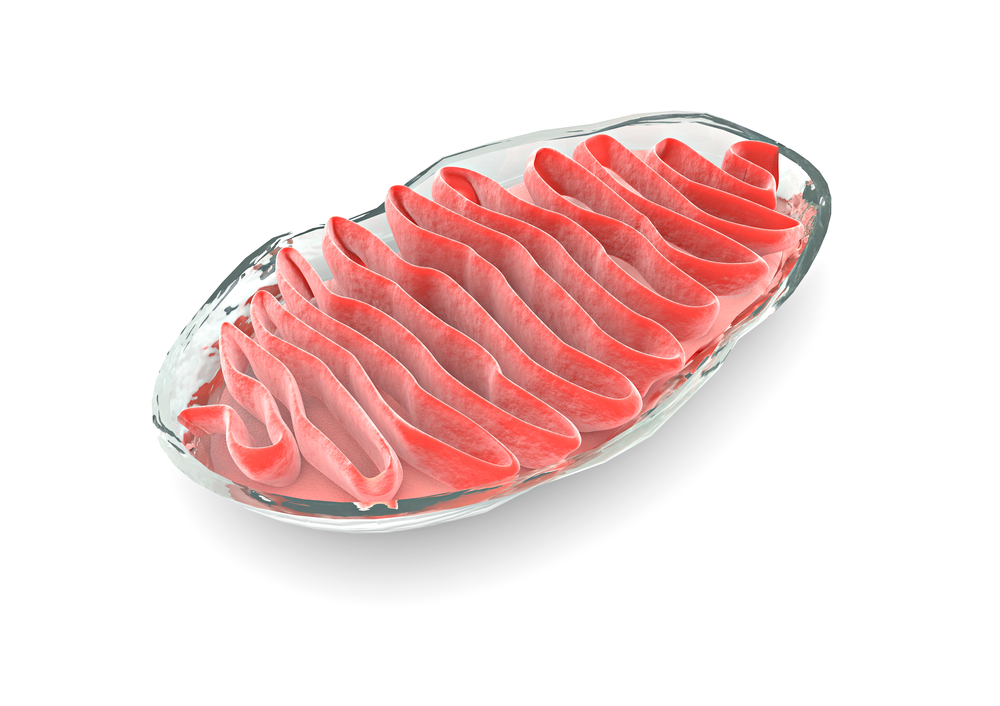Advances in Diagnosing, Treating Mitochondrial Disease Focus of Review

Mitochondrial disease spans a broad group of disorders that can be very heterogeneous. Although understanding of the disease has increased greatly in recent years, difficulties remain in its diagnosis and management.
A review article, “Mitochondrial diseases: advances and issues,” gives an in-depth account of current diagnostic techniques and therapeutic approaches, and those being develop to tackle this group of debilitating conditions. It was published in the Journal of The Application of Clinical Genetics.
Diagnosis
Analyzing mitochondrial DNA remains crucial in diagnosing mitochondrial disease. Of crucial importance is tissue selection to the analysis, since the percentage of mutated mitochondrial DNA in different cells and tissues may vary greatly.
Muscle biopsies are the gold standard in disease diagnosis, because the molecular defects of mitochondrial disease are sometimes only present in muscle tissue. In addition, muscle tissue offers valuable morphological, biochemical, and molecular data.
Other newly emerging diagnostic techniques include next generation sequencing and whole exome sequencing, where the genomes of thousands of people are studied spontaneously. Approaches on this scale are powerful, and could reveal novel molecular mechanisms leading to mitochondrial disease, which might then be targeted by new therapies.
Emerging therapies
Traditionally, mitochondrial disease has been treated with so-called “mitochondrial cocktails,” containing different vitamins, co-factors, and nutritional supplements, but these usually lack a major therapeutic impact.
But recent years have seen work growing in developing new therapeutic approaches, thanks to a better understanding of the molecular basis of the condition.
One of these efforts is heteroplasmy shifting, where scientists attempt to reduce the ratio of mutant to healthy mitochondria inside cells by selectively inhibiting the multiplication of mutated mitochondria.
Another approach focuses on restoring or bypassing enzymes that are defective in mitochondrial disease. For example, doctors have used coenzyme Q10 and riboflavin supplements to treat mitochondrial disease caused by defect in the biosynthesis of coenzyme Q10 and riboflavin transporter disorders, respectively.
Stem cell therapy and gene therapy techniques are being investigated, but these are still in early pre-clinical stage development.
Probably the most dramatic therapeutic approach in the field of mitochondrial disease has been mitochondrial donation IVF. Although it cannot treat people with mitochondrial disease, it can offer women with the disease the option of having children who will not be affected by it.
One way this technique is performed use a donor egg cell, containing healthy mitochondria. The egg nucleus is removed and replaced with that of the mother, who has mitochondrial disease (mitochondria exist in the cell, outside the nucleus), and the egg is then fertilized with the father’s sperm. This technique was recently approved in the U.K., and patients could start to undergo the treatment later this month or in April.
“The field of [mitochondrial disease] is highly dynamic and new scenarios arise every day,” conclude the article’s authors. “The future looks brighter as the revolution in the diagnostic approach could prelude the revolution in the treatment options for [mitochondrial disease].”






